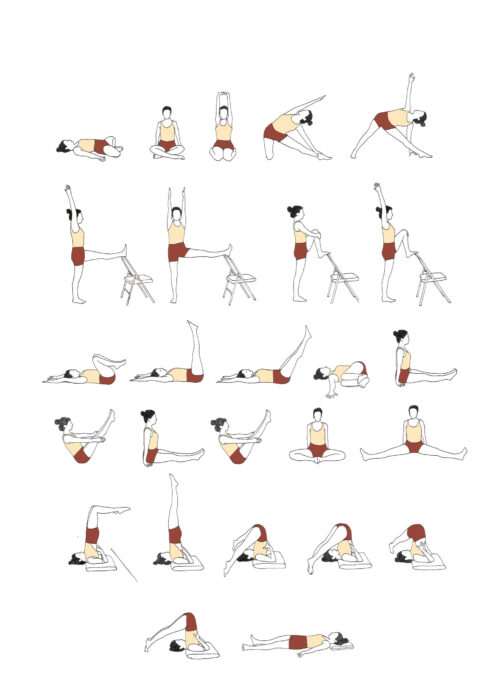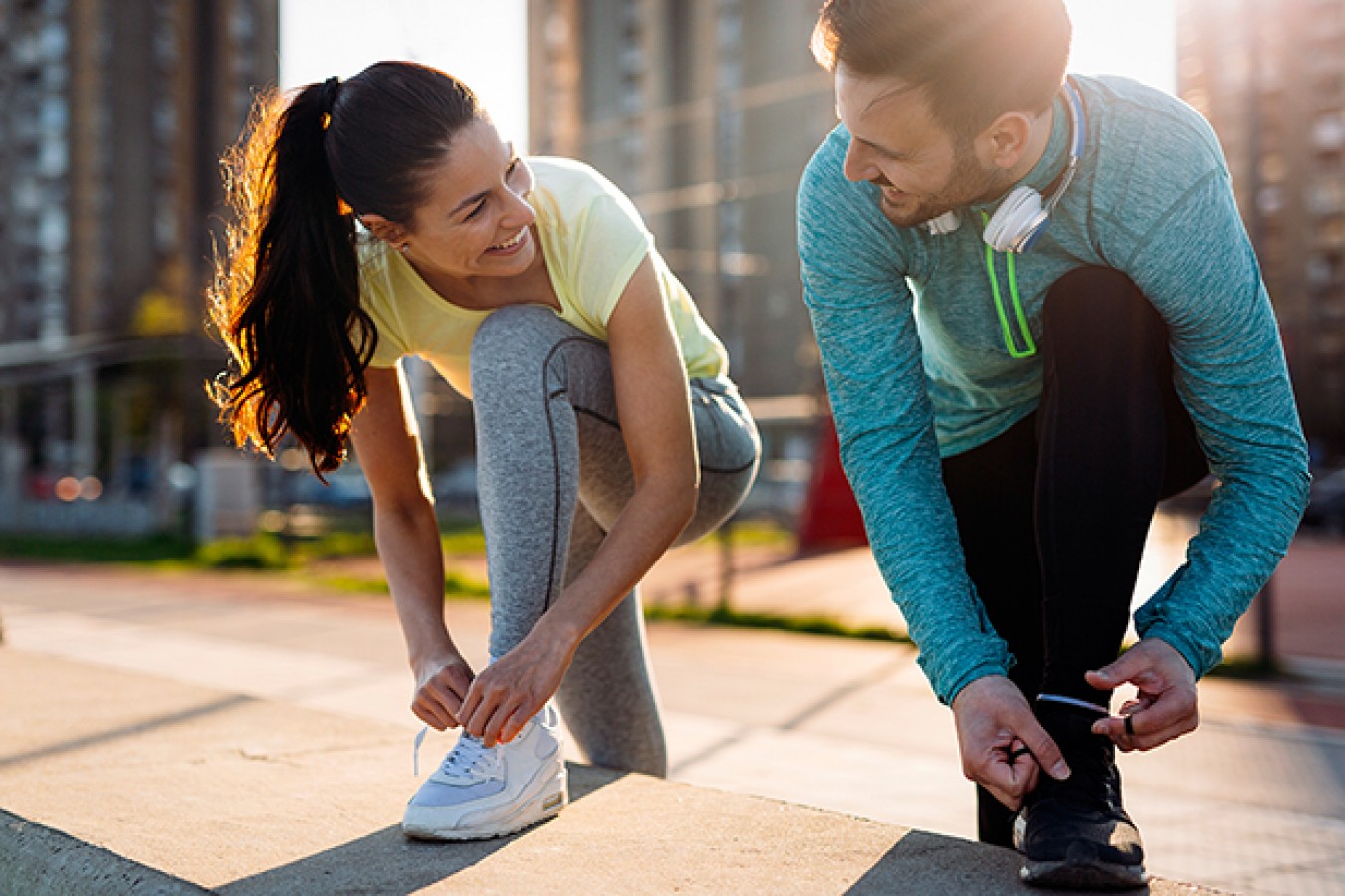
The word yoga originates from Sanskrit, which means to unite or join. This union refers to a union of mind and body, and to the individual consciousness with universal consciousness. Yoga was popularized in India during the first centuries of the 20th Century. Lord Shiva was the first to be identified as a yogi. He spread it via his writings. These books were then translated into many other languages and sent to various regions of the world.
It was not unusual for yoga to become more Westernized as the practice of yoga grew, especially in Europe. The widespread distribution of yoga videos was made possible by the advent of DVDs and VHS tapes in the early 1900s. The boom in fitness and the Internet made yoga a popular practice. Yoga spread fast and widely due to this. The transatlantic flight and invention of the microphone made it possible to reach large audiences.
The history of yoga goes back thousands of years. Yoga was first practiced as a spiritual discipline, but Westerners discovered it in the late 19th century. Swami Vivekananda was an Indian monk who traveled throughout Europe and the U.S. in order to spread the practice. He later taught yoga in the West, where it was popularized in modern times. This is an excellent place to learn about the history and practice of yoga.

Yoga's roots can be traced back to northern India in ancient times. The Vedas (the oldest of the four Vedas) contain references to the practice. The Rigveda has over a thousand hymns, and 200 mantras. The Rig Veda was used by priests of the Vedic age to learn about the different positions and postures of yoga. Many Rishis refined this practice and brought it into modern times in later centuries. Another great resource for information on the history of yoga is the Upanishads.
Yoga history started with ancient Indian yoga being mentioned. The practice developed to include physical postures, or asanas. Hatha yoga gained popularity in the U.S. around the turn of the 20th century, when many teachers began adding asanas onto their classes. The 1970s saw the popularity of the practice, and it gained mainstream acceptance throughout the world. Its popularity and spread was fuelled by the birth of yoga in America.
Yoga's history is complicated. Yoga's origins date back to 2000 BC when it was primarily a mind-body practice. The first Hatha yoga classes were then developed. In the 1920s, the practice evolved into a more body-centered form of yoga, called hatha yoga. Asanas can be used today to help achieve this goal.
The roots of yoga's origins lie in ancient India. The practice of yoga in ancient India was quite different from Vinyasa classes today. However, by studying the history of yoga, you will be able to appreciate it more and understand it better. One example is that ancient yoga wasn't practiced in the exact same way as modern-day Yoga. Yoga's origins can be traced back thousands years ago and will help you to appreciate the practice more deeply.

The rich history of yoga has a rich tradition in yogic practices. Although the ancient yogis were mostly Hindu, they were heavily influenced by Hindu culture. Yoga was banned in the west by the British. After this, the practice of yoga began to spread in Europe and the USA. During the late 1800s, gurus from India brought yoga to the United States. Asana can be described as a form meditation.
Asana forms the basis of many yoga practices. Asana practice is ancient. The practice of yoga was spiritual and religious at its best in the 5th Century. Jainism, Buddhism, and Jainism were also present in the ancients. The Classical Period saw the first systematic presentation, in English, of yoga practices and beliefs based on Jainism and Hinduism. The popularity and influence of yoga grew over the centuries. However, as with all new practices, its roots are still rooted within the same ideals and principles.
FAQ
What is a good gym routine for you?
Regular exercise is key to staying healthy. You don't have to do the same type of exercise every day, it doesn't really matter. Consistency is the key. To achieve success, you need to persevere for a long time.
Begin by walking for a few minutes each day. Then gradually increase the time spent exercising until you spend 30 minutes a day working out. You could do this by running, swimming, weight training or yoga.
It is important to exercise every day of the week. If you have a reason to miss a session, don't skim it.
Wear appropriate clothing and footwear when exercising outdoors. It is important to take into account the weather conditions, and how they may affect your ability to exercise safely.
Make sure that you drink plenty of water while you're exercising. Drinking alcohol during exercise can cause dehydration. Avoid caffeine-rich drinks like coffee, tea, and coca. They may give you energy, but they will also dehydrate you.
After your first exercise, you may feel tired. If you stick with your training program, you'll feel more awake and alert.
Why is Metabolic Wellness the Key to Aging Well
People live longer lives than ever before. As they live longer, they also get sicker. Despite making great progress in medical science, it is becoming more apparent that our current approach to medicine is not working.
It is time to change the way we view health and aging. Healthful aging requires that we start to think about metabolic health, which is not only weight loss but overall well-being.
If you want to live a healthy, active lifestyle for the rest of your life, it is important to maintain a strong metabolism throughout your entire life.
The good news is that there are many ways to improve your metabolic health. One of those ways is to incorporate these 7 foods into your diet:
-
Resveratrol in blueberries has been shown to support cell longevity. They also contain vitamins C & E, as well as antioxidants.
-
Beans such as pinto beans and lentils provide excellent fiber and plant protein. These nutrients help keep blood sugar levels steady so they won't spike and crash.
-
Broccoli's sulforaphane has been shown to protect DNA from damage in research. It could even slow down the growth of cancer.
-
Chia Seeds are high in omega-3 fatty acids and fiber. They're also loaded with antioxidants and protein. All of these nutrients help promote heart health, brain function, and gut health.
-
Green Tea is rich in polyphenols known as catechins. Studies have shown that green tea contains catechins which are linked to lower bone fractures and cardiovascular disease. They also reduce cognitive decline and diabetes risk.
-
Salmonis high in protein and rich in vitamin D is one of the most popular sources of lean proteins.
-
Walnuts are rich sources of omega-3s and antioxidants, such as alpha lipoic (ALA). ALA aids in energy production and protection against inflammation.
What is the best workout order?
It all depends on your goals. If you want to build muscle mass, then do heavy weights first. Then you can move to cardio. Then if you want to lose weight, go from cardio to strength training.
If you just want to burn fat, start by doing cardio. Next, add strength training.
If you are looking for muscle mass, cardio should be your last option. Cardio stimulates growth hormones and helps build muscle mass.
Eat before you go to the gym. This will fuel your muscles and make them work harder. This will make you feel better while working out.
Statistics
- Are You One of the 20% of Guys (mh.co.za)
- Get free shipping and 25% off today. (healthline.com)
- An estimated calorie range for moderately active adult males falls between 2,200 to 2,800 calories per day, depending on age. (eatright.org)
- The PRS enabled risk stratification for overall prostate cancer and lethal disease with a four-fold difference between men in the highest and lowest quartiles (HR, 4.32; 95% confidence interval [CI], 3.16-5.89). (pubmed.ncbi.nlm.nih.gov)
- According to the American Academy of Dermatology (AAD), men over 50 are at a heightened risk of developing it. (healthline.com)
External Links
How To
What's the best food for men?
Men should eat five meals a day of fruits, vegetables and other healthy foods. They should limit their intake of red meat, and avoid fast food.
Antioxidants are found in fruits and vegetables, which protect against cardiovascular disease and other diseases.
Vegetables include broccoli, cauliflower, carrots, spinach, tomatoes, peppers, cucumbers, lettuce, mushrooms, etc.
Also, beans and peas are rich in protein and fiber.
Excellent sources of omega-3 oils are nuts and seeds. Omega-3 fatty acids are critical for brain function and hormone production.
Another good source of omega-3s is fish. More mercury is found in fish than any other meats. However, fish liver oil does contain fewer toxins.
It is necessary to have a healthy growth rate and develop your brain.
Poultry is an excellent source of lean protein. Chicken breast is one the healthiest meats.
Lean beef is low in saturated fats and cholesterol. You should limit your intake of red meat as it can increase your risk for prostate cancer.
Avoid processed meats such as sausage and hot dogs. These have added nitrates which can be carcinogenic.
It is obvious that exercise is important for overall health. Even if you exercise regularly, what do you do? What can you do to improve or maintain your physical condition?
Yes, it is! There are many things you can do to get the best out of your workouts. Here are some tips for maximising your workout.
Begin slowly. Injure yourself if your first session is too intense. You can start slowly increasing your intensity by starting at a comfortable pace.
Stretch before and afterwards. Stretching will help loosen tight muscles, reduce soreness, and improve flexibility. Stretching can be done standing, lying down, or walking.
Cool down. This is especially important if you're doing cardio exercises. You need to allow your body time to rest between sessions so that it doesn't get tired. For cooling down, you can walk slowly, take deep breathes, or go for short swim.
Hydrate. Hydration can help you stay hydrated and reduce muscle cramps. Water is the best drink, but sports drinks are also good.
Make sure you eat healthy. Eat enough calories. It will keep you feeling energized and focused while you work out by eating regular meals throughout each day.
Get enough sleep. When you get enough sleep, you'll feel refreshed and ready for your next workout. It is essential to get enough sleep in order to repair damaged tissues.